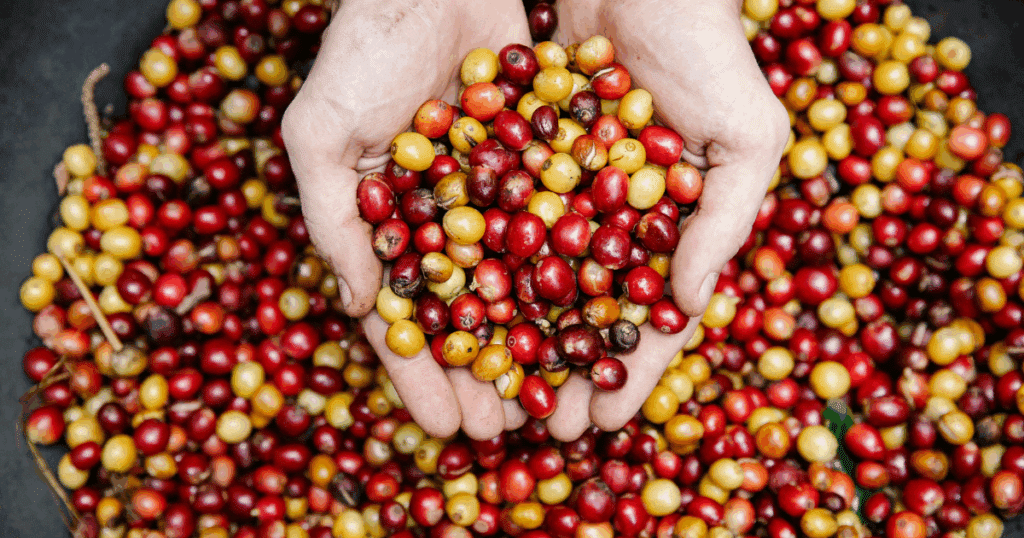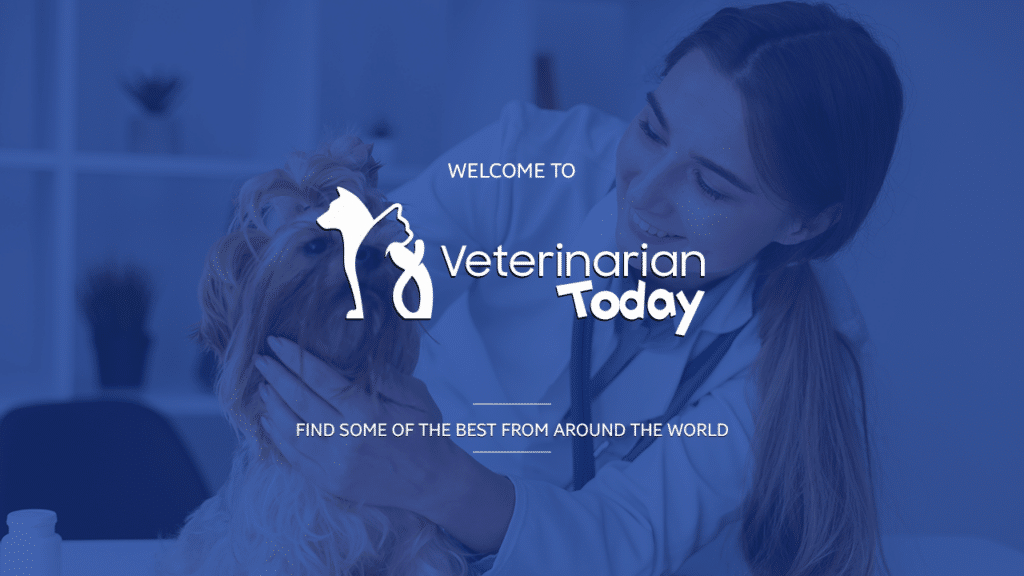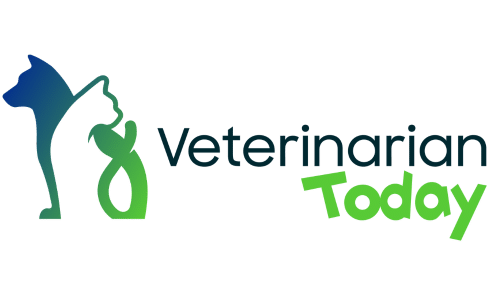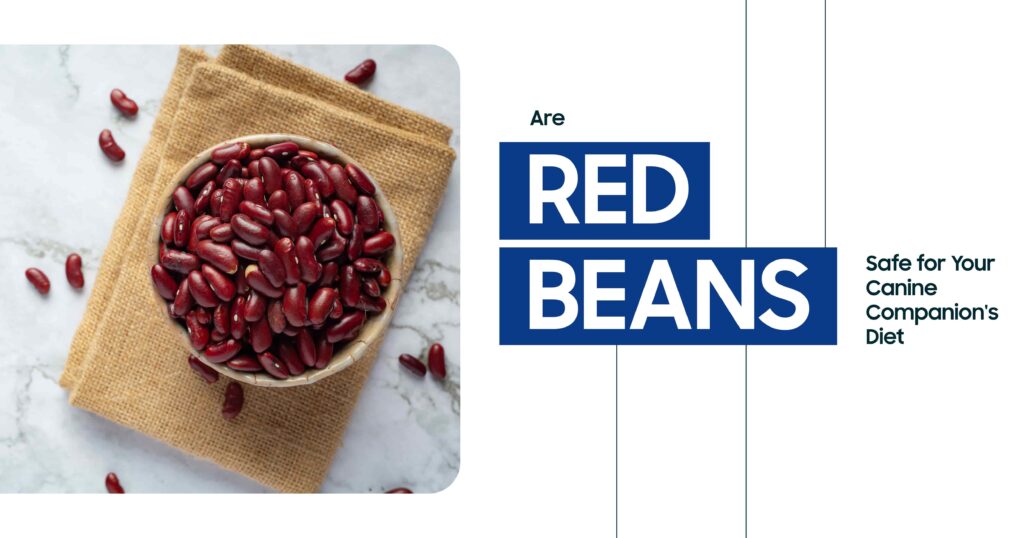Red beans can be safe for dogs when prepared properly. Cooking removes harmful toxins, making them digestible and nutritious. They provide plant-based protein, fiber, and essential minerals, which support canine health. However, red beans should always be a supplement, not a replacement, in a balanced and complete diet.
Moderation is the key when feeding beans to pets. Overfeeding may lead to digestive issues such as bloating or loose stools. Red beans should only be given plain, without seasonings or additives. When served occasionally and in controlled portions, they can be a healthy addition to a canine meal plan.
Can Dogs Eat Red Beans?
Yes, dogs can eat red beans in moderation if they are cooked properly. Raw beans are unsafe because they contain toxins. Cooking removes harmful compounds and makes the beans digestible for dogs. However, beans should never replace a balanced diet, and they should be treated as an occasional supplement.
Red beans fall under legumes, which are rich in plant-based protein for dogs. They can add variety to meals, but should not be the main protein source. As with all beans for dogs, portion control is critical. Feeding too many beans may lead to gas, bloating, or stomach discomfort.
Understanding Beans in a Dog’s Diet
Beans provide fiber, vitamins, and minerals that support a healthy canine diet. Many beans are used as plant-based protein sources in dog foods. However, beans are not essential for dogs, and excessive legume consumption in dogs has been linked to digestive issues.
When included correctly, beans can be part of pet-friendly foods that promote overall dog nutrition. They should be plain, cooked, and free from seasonings like onion, garlic, or salt, which can harm dogs.

Nutritional Benefits of Red Beans for Dogs
Red beans are packed with nutrients that support canine health when fed properly. Some key benefits include:
- Protein source. Red beans provide plant-based protein for dogs, supporting muscle repair and energy. Plant-based protein from red beans complements animal protein, helping dogs build strong muscles and maintain daily energy levels. This boost is especially useful for active or growing dogs that need a balanced diet to support their strength.
- Fiber content. Fiber aids digestion and helps regulate blood sugar levels. The high fiber content in red beans supports gut health, improves stool quality, and reduces the risk of constipation. Stable blood sugar levels from dietary fiber can also help manage weight and improve long-term energy balance in dogs.
- Vitamins and minerals. They contain folate, iron, potassium, and magnesium, which contribute to a healthy heart and immune function. These vitamins and minerals work together to boost heart function, muscle strength, and immune response in dogs. Adding beans occasionally gives pets access to nutrients that support overall wellness and vitality in their daily diet.
- Low fat. Beans are naturally low in fat, making them a safe option for weight management. Low-fat foods like red beans help overweight dogs manage their weight while still receiving essential nutrients. This makes them a safe treat for dogs needing controlled calorie intake to maintain a healthy body condition.
Nutritional Profile of Red Beans (Cooked, per 100g)
| Nutrient | Amount | Benefit for Dogs |
| Protein | 8.7 g | Builds muscle and supports growth |
| Fiber | 6.4 g | Improves digestion and gut health |
| Folate | 130 mcg | Supports cell function and growth |
| Iron | 2.9 mg | Boosts oxygen circulation |
| Potassium | 403 mg | Maintains fluid balance and heart health |
| Magnesium | 45 mg | Promotes strong bones and energy |
Feeding red beans occasionally can enhance your dog’s nutrition. However, these benefits are only valid if beans are cooked and served in moderation.
Risks and Precautions to Consider
Feeding raw or undercooked red beans is dangerous for dogs. They contain lectins, which can cause vomiting, diarrhea, and stomach discomfort. Even cooked beans, if given in excess, may upset digestion. Some dogs may also develop allergies or sensitivities to legumes, making careful observation essential when introducing red beans.
Too many beans in a dog’s diet may cause nutrient imbalances, especially if they replace animal proteins. Excessive fiber may also lead to frequent gas and stomach pain. Always introduce beans slowly, watch for reactions, and avoid feeding them daily. Consulting a veterinarian ensures safety and tailored dietary guidance.
Recognizing Allergic Reactions
Some dogs may be sensitive to legumes and show allergic reactions. Signs to watch for include:
- Itching and skin rashes
- Vomiting after meals
- Diarrhea or unusual stool changes
- Excessive flatulence or stomach pain
If you notice any of these signs, stop feeding beans and consult a veterinarian immediately.
Safe Preparation and Feeding Guidelines
The safest way to prepare red beans for dogs is to soak them overnight and cook them until soft. Beans must be plain, free from salt, oils, or spices that could harm dogs. Canned beans should be avoided due to preservatives and sodium, which may affect canine health.
Serving size depends on a dog’s weight and size. Small dogs may eat a teaspoon or two, medium breeds a tablespoon, and larger dogs a few tablespoons. Feed beans only once or twice a week. Proper preparation and moderation help dogs enjoy nutritional benefits without digestive discomfort.
Recommended Portion Sizes and Frequency
Red beans should only be a small addition to your dog’s diet. A few spoonfuls mixed with regular dog food is enough.
- Small dogs. Small dogs have delicate stomachs, so serving only one to two teaspoons of cooked red beans keeps digestion safe and balanced. Feeding in small amounts ensures dogs enjoy the benefits of beans without the risk of bloating, gas, or nutritional imbalance.
- Medium dogs. Medium-sized dogs can handle one to two tablespoons of red beans mixed with regular food once or twice a week. This portion provides nutrients without overwhelming their digestive system, helping them benefit from beans while avoiding unnecessary discomfort.
- Large dogs. Larger breeds may tolerate up to three tablespoons of red beans occasionally, making it a safe supplement in their meals.
Even for large dogs, moderation is essential, as overfeeding beans may lead to gas, loose stools, or digestive upset.
Beans should not be fed daily. Limit intake to one or two times a week to avoid digestive issues.
Alternatives to Red Beans for Canine Diets
If your dog reacts poorly to red beans, several alternatives provide safe plant-based protein:
- Lentils. Easy to digest and rich in protein. Lentils are another legume option that provides protein without overwhelming a dog’s stomach. Their gentle texture and digestibility make them suitable for most canine diets as an occasional supplement.
- Chickpeas. Provide fiber and essential vitamins. Chickpeas support digestive health with fiber and supply dogs with B vitamins and minerals. When cooked plain, they make a nutritious and safe snack for pets.
- Green beans. Low in calories and safe as treats. Green beans are a popular dog-friendly snack because they are crunchy, filling, and very low in calories. They make excellent training treats while supporting weight control and overall nutrition.
- Peas. Commonly included in many commercial dog foods. Peas are widely used in dog foods because they offer protein, fiber, and essential nutrients. They are safe for dogs when cooked plain and served in moderation as part of a varied diet.
Each option offers nutrition while avoiding some risks of red beans. Always introduce new foods slowly and watch for reactions.
Seek Professional Advice for Your Pet at Vet Today
Every dog is unique, and dietary needs vary based on age, weight, and health conditions. While red beans can be safe in moderation, it’s best to consult a veterinarian before making changes.
At Vet Today, our team helps pet parents choose safe foods for dogs. We provide expert canine diet tips to ensure pets stay healthy and active. If you have questions about red beans’ benefits or other food options, contact us for guidance.
Learn more or book an appointment at Vet Today.

FAQs
What are the nutritional benefits of red beans for dogs?
Red beans contain protein, fiber, and minerals that support digestion, muscle health, and heart function. They provide a plant-based protein source for dogs. Cooked beans in moderation can improve nutrition. However, they should not replace high-quality animal protein in a dog’s diet.
Are there any risks associated with red bean consumption in a dog’s diet?
Yes, raw red beans contain lectins that can harm digestion. Even cooked beans may cause gas, bloating, or diarrhea in sensitive dogs. Overfeeding beans may also create nutrient imbalances. Always feed in moderation and monitor your pet for any allergic reactions or digestive changes.
How can I safely prepare red beans for my dog’s consumption?
Always soak beans overnight and cook them until soft. Never feed raw or undercooked beans. Avoid seasonings, salt, and canned beans with preservatives. Plain cooked beans mixed with regular meals in small portions are safest. Proper preparation removes toxins and ensures they are digestible for dogs.
What portion sizes and frequency are recommended for feeding red beans to dogs?
Small dogs can eat 1–2 teaspoons occasionally. Medium dogs can eat 1–2 tablespoons, and large dogs up to 3 tablespoons. Limit beans to once or twice a week. Feeding more often may cause digestive discomfort. Always monitor your pet’s response and adjust feeding accordingly for long-term safety.
What are some alternative legumes and plant-based protein sources for canine diets?
Safe alternatives include lentils, chickpeas, green beans, and peas. These provide fiber, vitamins, and protein without the risks of red beans. Introduce alternatives gradually into meals and monitor tolerance. Plant-based proteins can complement balanced diets but should never replace essential animal proteins in canine nutrition.






